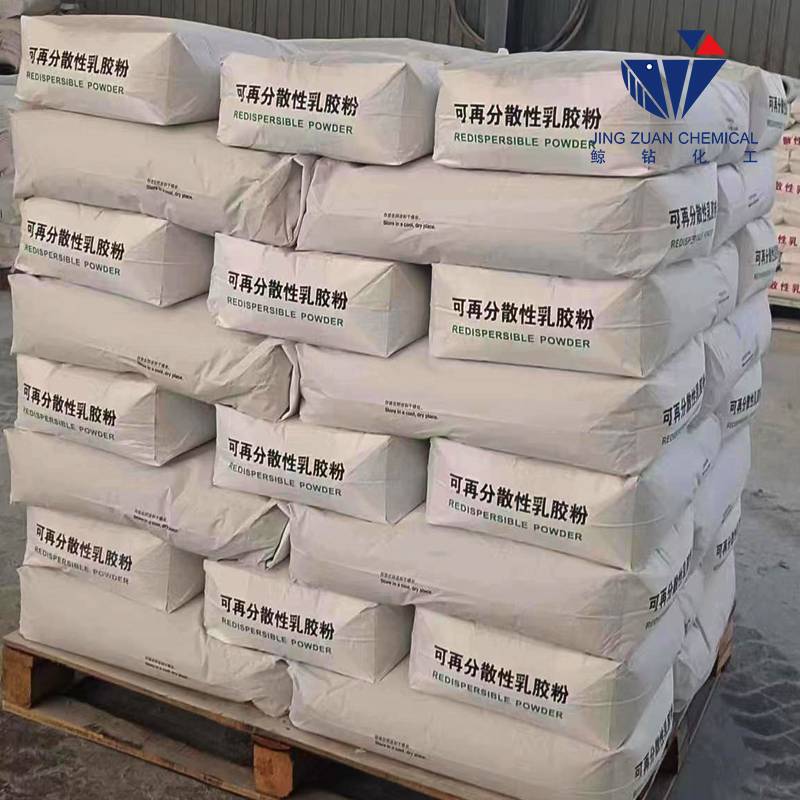
Sep . 05, 2024 21:36 Back to list
Hydroxypropyl Methyl Cellulose (HPMC) Safety Data Sheet - MSDS
Hydroxypropyl Methylcellulose A Comprehensive Overview Based on MSDS
Hydroxypropyl Methylcellulose (HPMC) is a non-ionic cellulose ether that is widely used in various industries due to its unique properties. This polymer is derived from cellulose, a natural polymer found in the cell walls of plants. HPMC has gained popularity due to its versatility and effectiveness in applications ranging from construction to food products.
Chemical Properties
HPMC is known for its excellent film-forming capabilities, water retention, and thickening properties. Chemically, it is a combination of hydroxypropyl and methoxy groups attached to the cellulose backbone. The degree of substitution of these groups affects its physical properties, including viscosity and solubility. Typically, HPMC is available in various grades, characterized by their different viscosities and degrees of substitution, allowing for tailored applications.
Safety and Handling
According to the Material Safety Data Sheet (MSDS) for Hydroxypropyl Methylcellulose, this compound is generally considered safe for use. It is non-toxic, and exposure to skin and eyes is unlikely to cause serious harm. However, as with any chemical substance, appropriate safety measures should be taken. During handling, wearing gloves and protective eyewear is recommended to prevent any potential irritation or allergic reactions. In case of inhalation of dust, moving to an area with fresh air is advisable, and medical attention should be sought if any adverse symptoms occur.
hydroxypropyl methyl cellulose msds

Applications
HPMC is extensively utilized in various fields 1. Construction As a binder and thickener, HPMC is added to cement-based products like mortars and plasters. Its water retention properties ensure better adhesion and workability. 2. Food Industry It acts as a food additive, serving as a thickening agent, stabilizer, and emulsifier. It is commonly found in sauces, dressings, and baked goods, where it enhances texture and shelf life. 3. Pharmaceuticals HPMC is used in the production of drug tablet coatings and as a controlled-release agent in various formulations, improving drug delivery systems. 4. Personal Care Due to its film-forming and thickening properties, HPMC is used in a variety of cosmetic products, including lotions and gels, providing a smooth texture and stable formulation.
Regulatory Status
HPMC is approved for use in food products and pharmaceuticals by numerous regulatory authorities, including the FDA and EFSA. Its safety profile has been well-documented, and it is classified as Generally Recognized As Safe (GRAS) when used in food products.
Conclusion
In summary, Hydroxypropyl Methylcellulose is a versatile compound with many applications across different industries. Its safety profile, coupled with its essential functional properties, makes it a preferred choice for many manufacturers. By adhering to safety guidelines found in the MSDS, users can handle HPMC effectively and safely, ensuring its beneficial properties are fully realized in applications that enhance everyday life. As industries continue to evolve, the demand for innovative and safe additives like HPMC is expected to grow, further solidifying its place in modern manufacturing and formulation.
-
Versatile Hpmc Uses in Different Industries
NewsJun.19,2025
-
Redispersible Powder's Role in Enhancing Durability of Construction Products
NewsJun.19,2025
-
Hydroxyethyl Cellulose Applications Driving Green Industrial Processes
NewsJun.19,2025
-
Exploring Different Redispersible Polymer Powder
NewsJun.19,2025
-
Choosing the Right Mortar Bonding Agent
NewsJun.19,2025
-
Applications and Significance of China Hpmc in Modern Industries
NewsJun.19,2025







